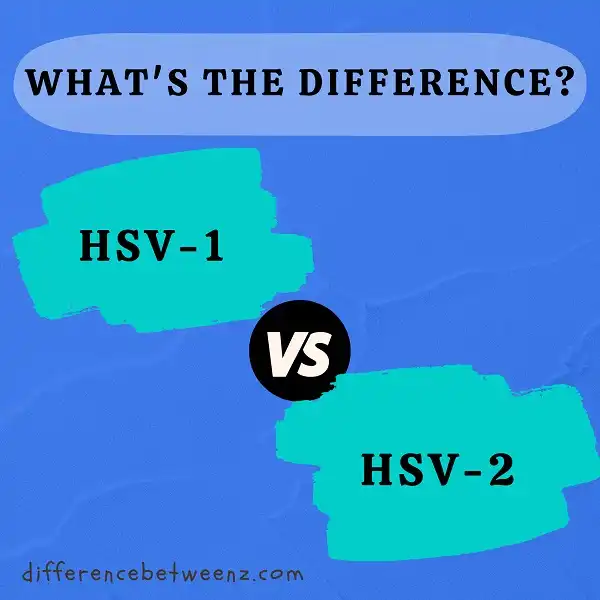HSV-1 and HSV-2 are both herpes viruses, but they cause different types of infections. HSV-1 is typically associated with cold sores and mouth ulcers, while HSV-2 is more commonly associated with genital herpes. However, both viruses can cause infections in either location. If you are unsure which type of herpes you have, your doctor can test for it.
What Is HSV-1?
HSV-1, or HSV Type 1, is a common infection caused by the herpes simplex virus. This virus usually affects the mouth and lips, causing uncomfortable sores and blisters in these areas. While HSV-1 can sometimes be relatively mild and go away on its own, it can also cause more serious symptoms such as pain, itching, and recurrent outbreaks. In some cases, HSV-1 may even lead to more serious health complications if left untreated. However, with proper medical care and regular hygiene practices, HSV-1 can usually be managed effectively. If you are concerned about HSV-1 or have recently been diagnosed with the condition, it is important to speak to your doctor about available options for treatment and management.
What Is HSV-2?
HSV-2 is a virus that belongs to the herpes family. It is also known as genital herpes. This virus can cause sores and blisters around the genitals and rectum. HSV-2 is spread through sexual contact with someone who has the virus. It can be passed from person to person through skin-to-skin contact. HSV-2 can also be passed from mother to child during childbirth. The virus can cause serious health problems in newborn babies. HSV-2 is a lifelong infection. There is no cure for HSV-2, but there are treatments that can help to manage the symptoms. HSV-2 can be a serious infection, so it is important to talk to your doctor if you think you might have the virus.
Difference between HSV-1 and HSV-2
HSV-1 and HSV-2 are two types of herpes viruses that cause infections in humans. HSV-1 is the strain most often responsible for oral herpes infections, which are characterized by cold sores around the mouth and lips. HSV-2, on the other hand, typically causes genital herpes infections, which affect the genitals, anus, and skin in other areas of the body. While both HSV-1 and HSV-2 are highly contagious and have similar symptoms, they also have distinct differences. For example, HSV-1 is typically transmitted through direct contact with an infected person’s saliva or mouth secretions, while HSV-2 is typically transmitted through a sexual activity involving the genital area. Additionally, HSV-1 can be transmitted through oral sex as well as skin-to-skin contact with an infected individual, whereas HSV-2 cannot be spread through kissing alone. Ultimately, though both HSV strains can be treated with antiviral medications if diagnosed early enough, it is important to know the difference between HSV-1 and HSV-2 in order to prevent their further spread.
Conclusion
HSV-1 and HSV-2 are both viruses that cause herpes. The main difference between the two is that HSV-1 usually causes lesions on the mouth, while HSV-2 typically causes lesions on the genitals. However, either virus can infect either location. Both viruses are highly contagious and can be spread through contact with skin or saliva.


